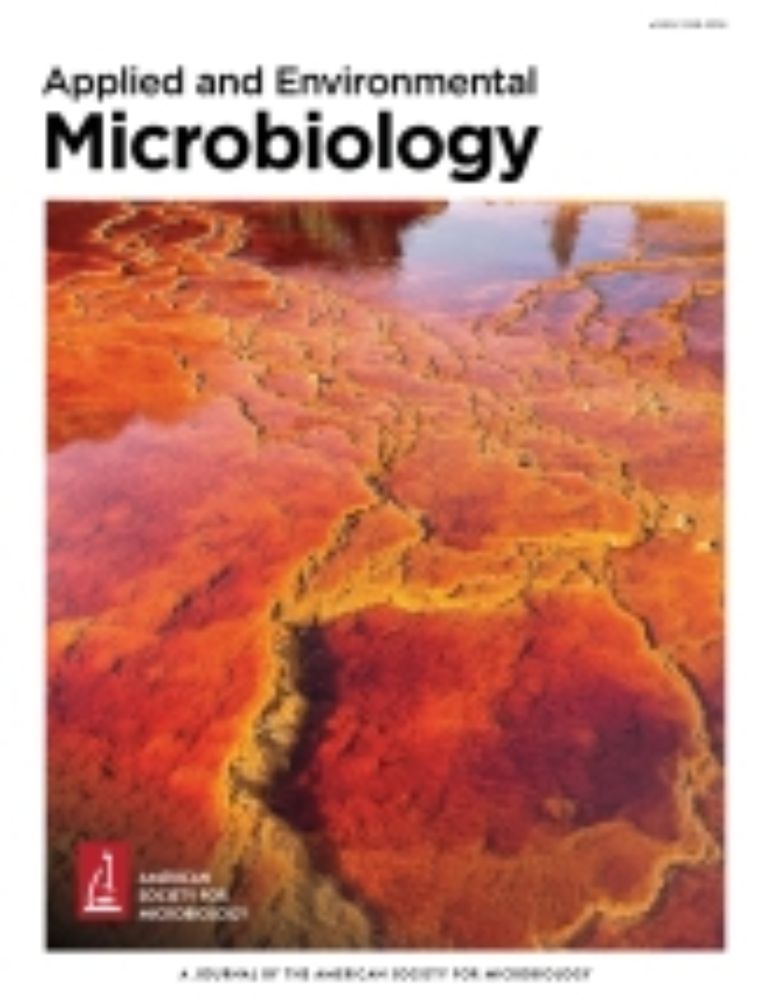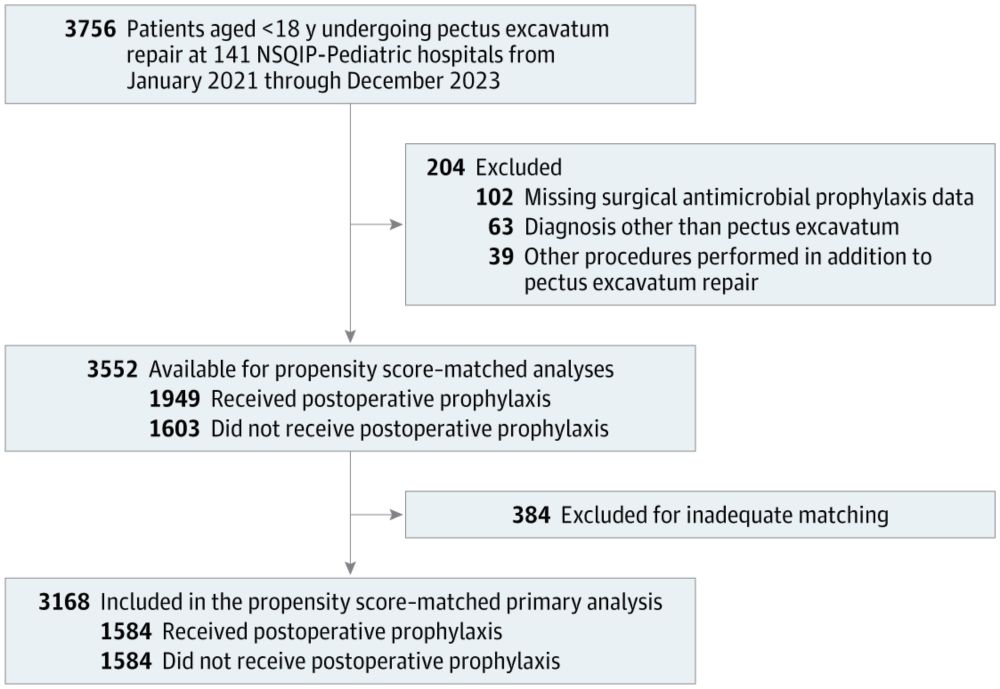
Sequential antibiotic exposure restores antibiotic susceptibility
AbstractBackground. The prevalence of antibiotic resistance continues to rise, rendering many valuable antimicrobial drugs ineffective. Pairwise cyclic ant
This study takes a novel approach at reducing antimicrobial resistance by alternating antibiotics quickly. Thought process being one antibiotic rendering increased susceptibility to the other antibiotic. #PITT_IDFall25
academic.oup.com/jac/advance-...
10.10.2025 23:49 — 👍 0 🔁 1 💬 0 📌 0

Central venous catheter infections: building a causal model with expert domain knowledge to inform future clinical trials - Antimicrobial Resistance & Infection Control
Aim Central venous catheters (CVCs) are essential for long-term therapies but carry a high risk of central line-associated bloodstream infections (CLABSIs), which significantly impact patient outcomes and healthcare costs. This study aimed to develop a causal model for CLABSI using expert knowledge to guide future clinical trials and prevention strategies. Methods We constructed a directed acyclic graph (DAG) informed by literature and expert knowledge elicitation. A multidisciplinary team of clinicians, including infectious disease and vascular access experts, participated in interviews and workshops to refine the DAG, resulting in a final model with 30 variables representing CLABSI development. Findings The expert-elicited DAG identified two main pathways, patient-related and CVC-related, each contributing to CLABSI risk. Variables and relationships in the DAG highlighted key patient characteristics, CVC management practices, and overlapping factors influencing infection. This model serves as a novel framework to understand CLABSI causation and supports trial design by identifying confounding factors, causal pathways, and meaningful endpoints. Conclusions/implications Our causal DAG provides a structured representation of CLABSI risk factors, which may support the design of clinical trials examining interventions to reduce CVC-related infections. By clarifying causal mechanisms, the DAG can enhance the specificity of endpoints and improve the rigor of prevention strategies.
Catheters have been a leading cause for infections in the health system. This report takes an approach at developing methods understanding risk factors and approaches to help mitigate central-line associated bloodstream infections. #PITT_IDFall25
aricjournal.biomedcentral.com/articles/10....
10.10.2025 23:35 — 👍 0 🔁 0 💬 0 📌 0
Neonatal antibiotic exposure raises immense concern among parents and health care practitioners on long-term developmental effects. This study takes a look at how antimicrobial stewardship improved to reduce unnecessary medications. #PITT_IDFall25
www.mdpi.com/2079-6382/14...
17.09.2025 12:19 — 👍 0 🔁 0 💬 0 📌 0

Self-assembled DNA nanocarrier-enabled drug delivery for bone remodeling and antimicrobial applications - npj Biomedical Innovations
npj Biomedical Innovations - Self-assembled DNA nanocarrier-enabled drug delivery for bone remodeling and antimicrobial applications
Synthetic tetrahedral DNA nanocarrier (TDN) involving nanoparticles are being studied to treat bone defects and methicillin-resistant Staphylococcus aureus infections. Vancomycin acid-loaded TDN has shown increased effectiveness against MRSA.
#PITT_IDFall2025
www.nature.com/articles/s44...
08.09.2025 20:59 — 👍 0 🔁 0 💬 0 📌 0
Validate User
In a double-blind, placebo-controlled phase 2 clinical trial, azelastine 0.1% nasal spray has been shown to have a 2.2% infection rate in 227 participants for SARS-CoV-2 as compared to placebo group 6.7% of 223 participants.
#PITT_ID2025
jamanetwork.com/journals/jam...
04.09.2025 18:23 — 👍 1 🔁 1 💬 0 📌 0

Invasive Staphylococcus aureus Infections in Hospitalized Infants
This cohort study estimates the incidence and attributable mortality of late-onset invasive Staphylococcus aureus infection among hospitalized infants in the US.
Jennings and her colleagues develop a cohort study between 2016 and 2021 to analyze Staphylococcus aureus in the infant population when hospitalized. This is a good read to see how this pathogen can cause high mortality rates in this vulnerable population. #PITT_2025
jamanetwork.com/journals/jam...
17.04.2025 12:26 — 👍 0 🔁 0 💬 0 📌 0

Antimicrobial Prophylaxis Use and Outcomes for Children Undergoing Cholecystectomy
This cohort study compares surgical site infection outcomes between children undergoing cholecystectomy who received prophylaxis and those who did not.
This article takes a look into prophylactic use of antibiotics in children with cholecystectomy where the Infectious Disease Society of America recommends against in adult surgical populations, but not specified for children. #PITT_ID2025
jamanetwork.com/journals/jam...
11.03.2025 03:41 — 👍 0 🔁 0 💬 0 📌 0

























